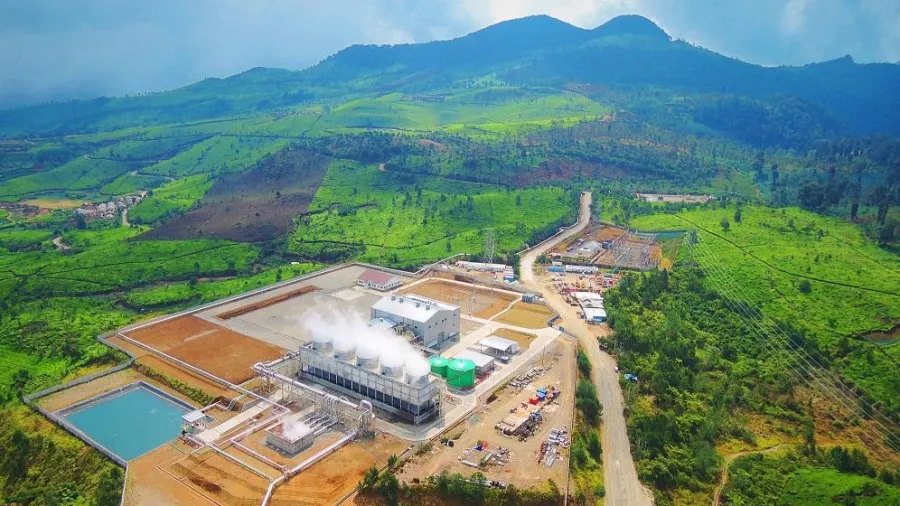
Indonesia to add 90 MW geothermal capacity
Three power plants in West and East Java and North Sumatra will start operating this year.
Indonesia expects to add 90 megawatts (MW) of installed renewable energy capacity (RE) as three geothermal power plants start operating by the end of the year, in line with the Southeast Asian nation’s clean energy push.
The projects are PLTP Salak Binary (15 MW) in West Java, Blawan Ijen Unit 1 (34 MW) in East Java, and Sorik Marapi Unit 5 (40 MW) in North Sumatra, Eniya Listiani Dewi, director general of Renewable Energy and Energy Conservation at the Ministry of Energy and Mineral Resources, told reporters on the sidelines of a geothermal convention in September.
“We’ve seen increasing geothermal adoption in the last 10 years,” she said. “We hope it will continue to increase more significantly.”
The ministry expects geothermal developers to invest as much as $664m this year, which will bring the total geothermal investments to $5.4b in the past decade.
Despite abundant and untapped renewable energy sources and strong economic growth, RE investment in Southeast Asia’s most populous nation has stagnated for the past seven years, according to the Institute for Energy Economics and Financial Analysis.
Last year, it only attracted $1.5b, equivalent to a paltry 574 MW of additional capacity, it said in a report in June.
Eniya said the Ministry of Energy and Mineral Resources is accelerating infrastructure development by mandating the use of local content, which also serves as a stimulus for domestic manufacturers.
Since 2014, Indonesia has increased its geothermal capacity by 1.2 gigawatts (GW), bringing the total installed capacity to 2.6 GW, which is about 11% of the country’s geothermal potential.
The country is the second-biggest geothermal electricity producer in the world, with geothermal energy accounting for 5.3% of its energy mix.
The expanded capacity can electrify 1.3 million homes and cut greenhouse gas emissions by 17.4 million tons of carbon dioxide yearly, contributing significantly to Indonesia’s climate targets under the Paris Agreement.
Indonesia is implementing co-generation technology at its geothermal power plants that aims to enhance energy efficiency by capturing and converting excess heat into additional electricity. The project, which has a total capacity of 230 MW, is a joint venture between PT Pertamina Geothermal Energy and PT PLN Indonesia Power.
Several areas have been identified as key project sites, including Lahendong, Ulubelu, Lumut Balai, Hululais, Kamojang, Sibayak, and Sungai Penuh.
“The potential of geothermal energy, which stands at around 24 GW, will be maximized by 2060, and co-generation technology is a key innovation for reaching that goal,” Eniya said.

















 Advertise
Advertise






